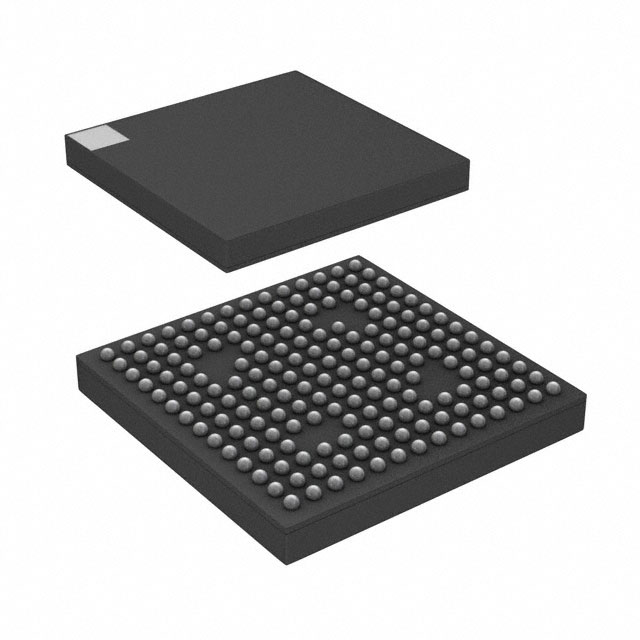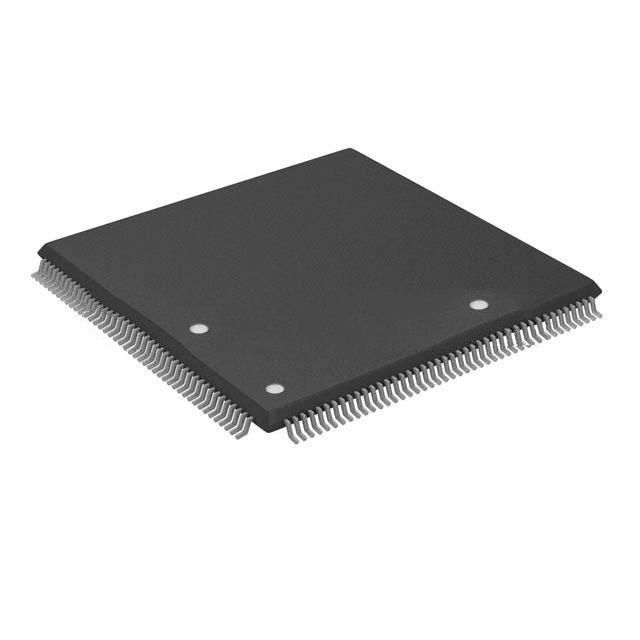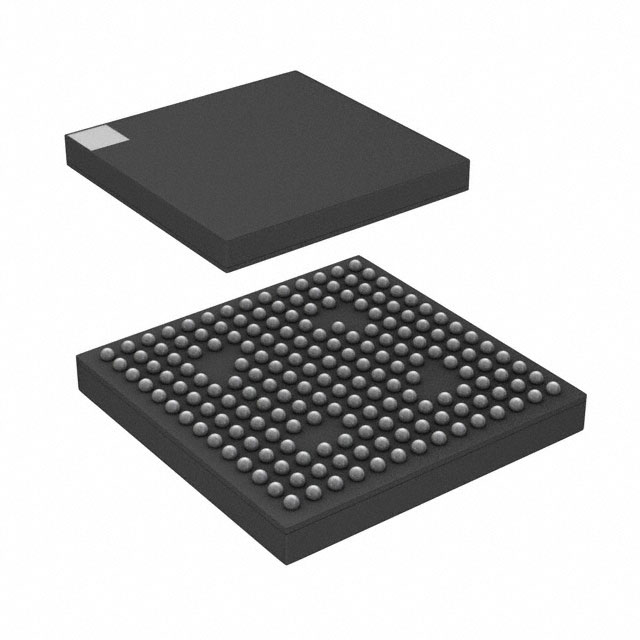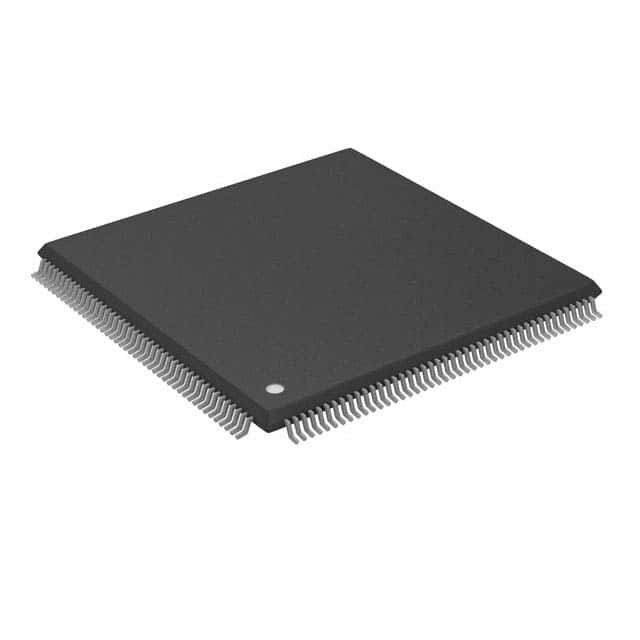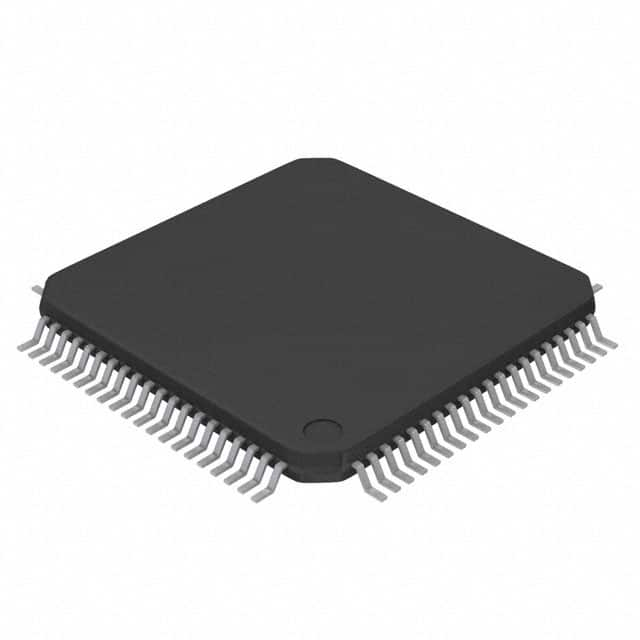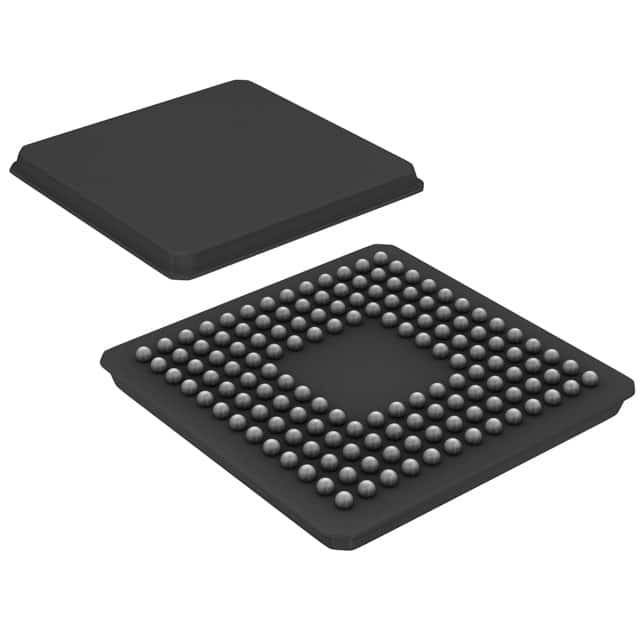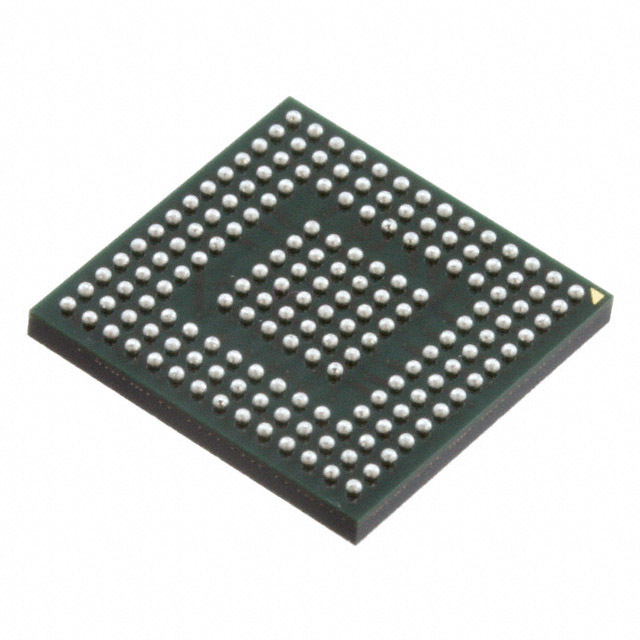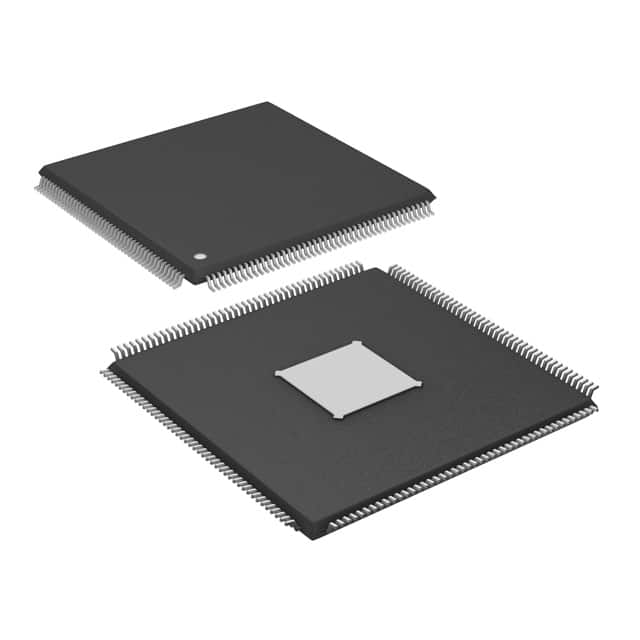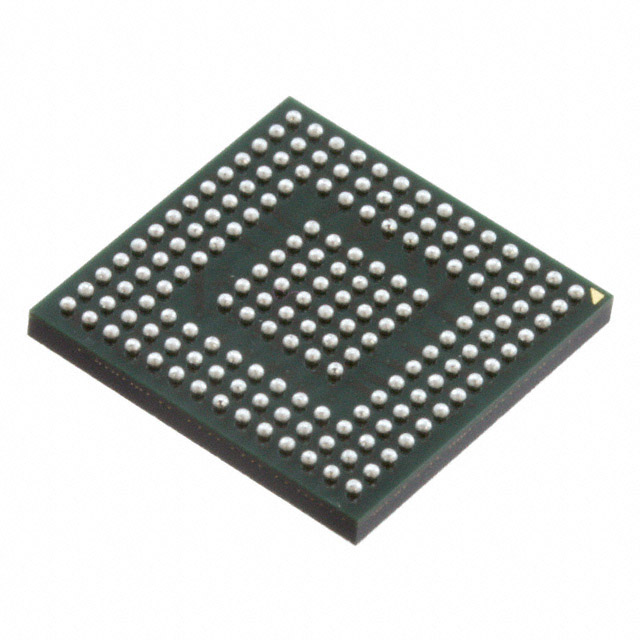ADSP-BF705KBCZ-3 Product Introduction:
Analog Devices Inc. Part Number ADSP-BF705KBCZ-3(Embedded - DSP (Digital Signal Processors)), developed and manufactured by Analog Devices Inc., distributed globally by Jinftry. We distribute various electronic components from world-renowned brands and provide one-stop services, making us a trusted global electronic component distributor.
ADSP-BF705KBCZ-3 is one of the part numbers distributed by Jinftry, and you can learn about its specifications/configurations, package/case, Datasheet, and other information here. Electronic components are affected by supply and demand, and prices fluctuate frequently. If you have a demand, please do not hesitate to send us an RFQ or email us immediately sales@jinftry.com Please inquire about the real-time unit price, Data Code, Lead time, payment terms, and any other information you would like to know. We will do our best to provide you with a quotation and reply as soon as possible.
Introducing the Analog Devices Inc. ADSP-BF705KBCZ-3, a cutting-edge digital signal processor designed to revolutionize the world of embedded systems. With its advanced features and exceptional performance, this product is set to redefine the boundaries of what is possible in the field of signal processing.
The ADSP-BF705KBCZ-3 boasts a powerful 16-bit/32-bit Blackfin processor core, capable of delivering high-speed processing and efficient power consumption. Its integrated peripherals, including UART, SPI, and I2C interfaces, provide seamless connectivity options for a wide range of applications.
One of the standout features of this product is its extensive memory options, with up to 256KB of on-chip SRAM and 512KB of on-chip flash memory. This allows for efficient data storage and retrieval, enabling faster and more accurate signal processing.
The ADSP-BF705KBCZ-3 is ideal for a variety of application fields, including industrial automation, automotive systems, and consumer electronics. Its robust architecture and versatile capabilities make it suitable for real-time control, audio and video processing, and sensor data fusion.
Furthermore, this product is supported by a comprehensive software development kit, providing developers with the necessary tools and resources to unleash their creativity and bring their ideas to life. With its exceptional performance, extensive memory options, and wide range of application fields, the ADSP-BF705KBCZ-3 is set to become the go-to choice for embedded system designers seeking unparalleled signal processing capabilities.
DSP Digital Signal Processing (Digital Signal Processing) is a technology that uses computers or special processing equipment to digitize signals. It converts analog signals into digital signals, and uses efficient algorithms to sample, transform, filter, estimate, enhance, compress, identify and other operations, and finally gets a signal form that meets people's needs. Compared to general-purpose processors, DSPS typically have higher arithmetic throughput, lower latency, and more efficient memory management mechanisms, all of which are designed to meet the requirements of real-time signal processing.
Application
DSP (Digital Signal Processing) technology is mainly reflected in the accurate processing of signals. It can efficiently perform complex operations such as signal analysis, noise suppression and feature extraction, and provide reliable data support for subsequent decision or control. In addition, DSP also has high-speed computing power and low power consumption characteristics, especially suitable for scenarios that require real-time processing of large amounts of data, such as audio processing, video codec, communication systems, image processing, control systems and robots, medical and bioinformatics and other fields.
FAQ about Embedded - DSP (Digital Signal Processors)
-
1. What are the two types of DSP?
DSP (digital signal processor) is mainly divided into two types: fixed-point DSP and floating-point DSP. The main difference between fixed-point DSP and floating-point DSP is that they process data in different ways and formats.
Fixed-point DSP uses fixed-point number format for calculation. This format directly stores data and exponents in integer form in memory, eliminating multiplication and division operations in floating-point operations, thereby increasing the calculation speed. Fixed-point DSP chips are relatively low in price and power consumption, but the calculation accuracy is relatively low.
Floating-point DSP uses floating-point format for calculations. This format can represent large or small numbers, with high calculation accuracy, and is suitable for occasions that require high-precision calculations. However, floating-point DSP chips are expensive and consume a lot of power.
-
2. What is DSP in microcontrollers?
DSP (Digital Signal Processor) is a microprocessor specifically used to process digital signals. It is different from the traditional CPU (Central Processing Unit). DSP is mainly used in occasions that require a large number of floating-point operations, such as communications, audio processing, image processing and other fields.
The working principle of DSP is to convert the received analog signal into a digital signal, and then process and analyze these digital signals. DSP chip adopts Harvard structure, that is, the program and data are stored separately, and has a dedicated hardware multiplier, which can quickly implement various digital signal processing algorithms.
-
3. What are the disadvantages of DSP in embedded systems?
The main disadvantages of DSP in embedded systems include sound quality problems, high resource consumption, high development difficulty and high cost.
First of all, the disadvantages of DSP in embedded systems are mainly reflected in the following aspects:
Sound quality problem: DSP is a device that integrates multiple audio processing functions. In order to pursue high reliability, it usually uses a lower version of Bluetooth technology, such as Bluetooth 4.2, which may result in the sound quality not as expected and affect the audio quality.
High resource consumption: DSP requires high computing power and complex algorithms when processing signals, which will lead to a large consumption of system resources and may affect the normal operation of other functions.
High development difficulty: DSP development requires in-depth knowledge of digital signal processing, and different hardware platform tools are not unified, which increases the complexity and difficulty of development.
High cost: Since DSP chips and related development tools are relatively professional, their cost is relatively high and not suitable for all application scenarios.
What is an embedded system signal?
Embedded system signals are a simulation of the interrupt mechanism at the software level and an asynchronous communication method. Signals can directly interact between user space processes and kernel processes, and kernel processes can also use them to notify user space processes of system events. If the process is not currently in execution, the signal is saved by the kernel until the process resumes execution and then passed to it; if a signal is set to block by the process, the transmission of the signal is delayed until its blockage is canceled and it is passed to the process.
What is a DSP processor?
A DSP processor, or digital signal processor, is a computer chip specifically used to process digital signals. This processor has the characteristics of high performance, low power consumption and programmability, and is widely used in audio, video, communication, radar and industrial control.
The working principle of DSP processor mainly includes receiving analog signals from external input, converting them into digital signals, then performing calculations on the digital signals, and finally interpreting the digital data back to analog data or actual environment formats in other system chips. Its main feature is high-speed real-time processing, which can extract and process information in a high-speed real-time environment. It is widely used in key areas of industry and military, such as radar signal processing and communication base station signal processing.
 Lead free / RoHS Compliant
Lead free / RoHS Compliant













